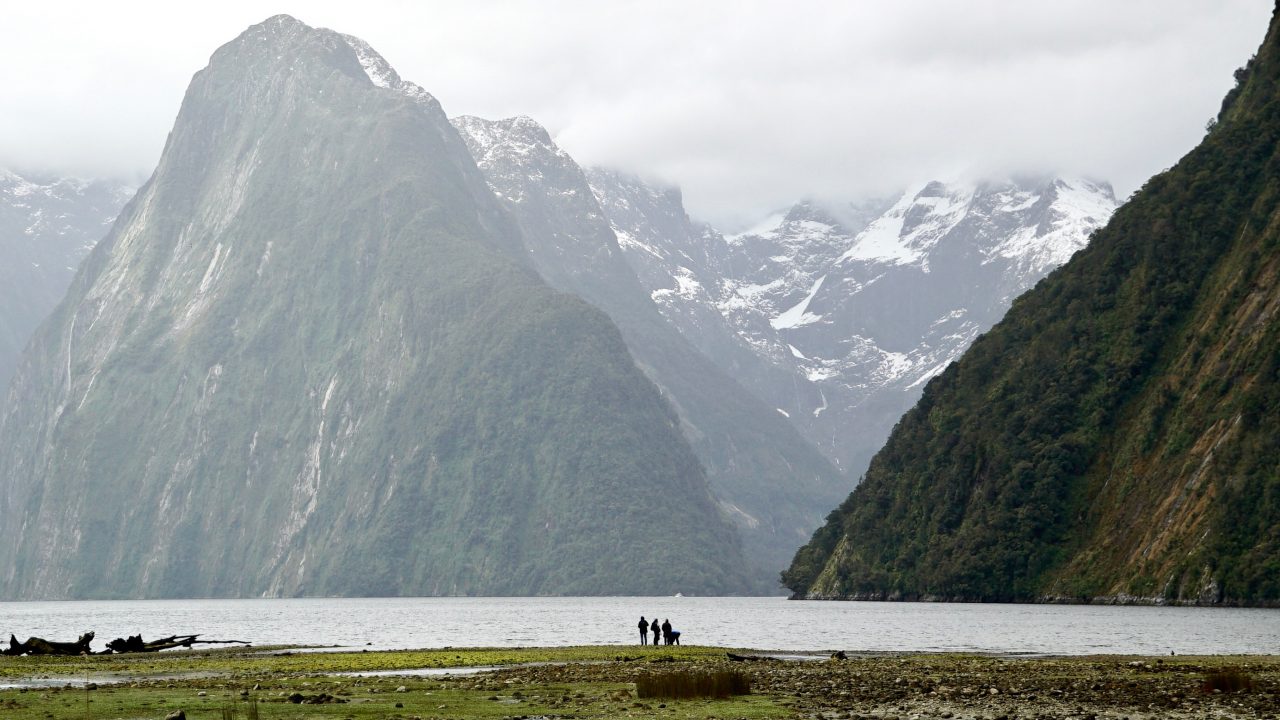Well we got up after a night being blown about by the wind.
We were well sheltered by the trifids so goodness knows what it would have been like without the cover. The campsite at Waikawa Curio Bay probably wouldn’t exist only for the penguins. I’m sure I’ll not be staying in such a remote spot for some time to come.
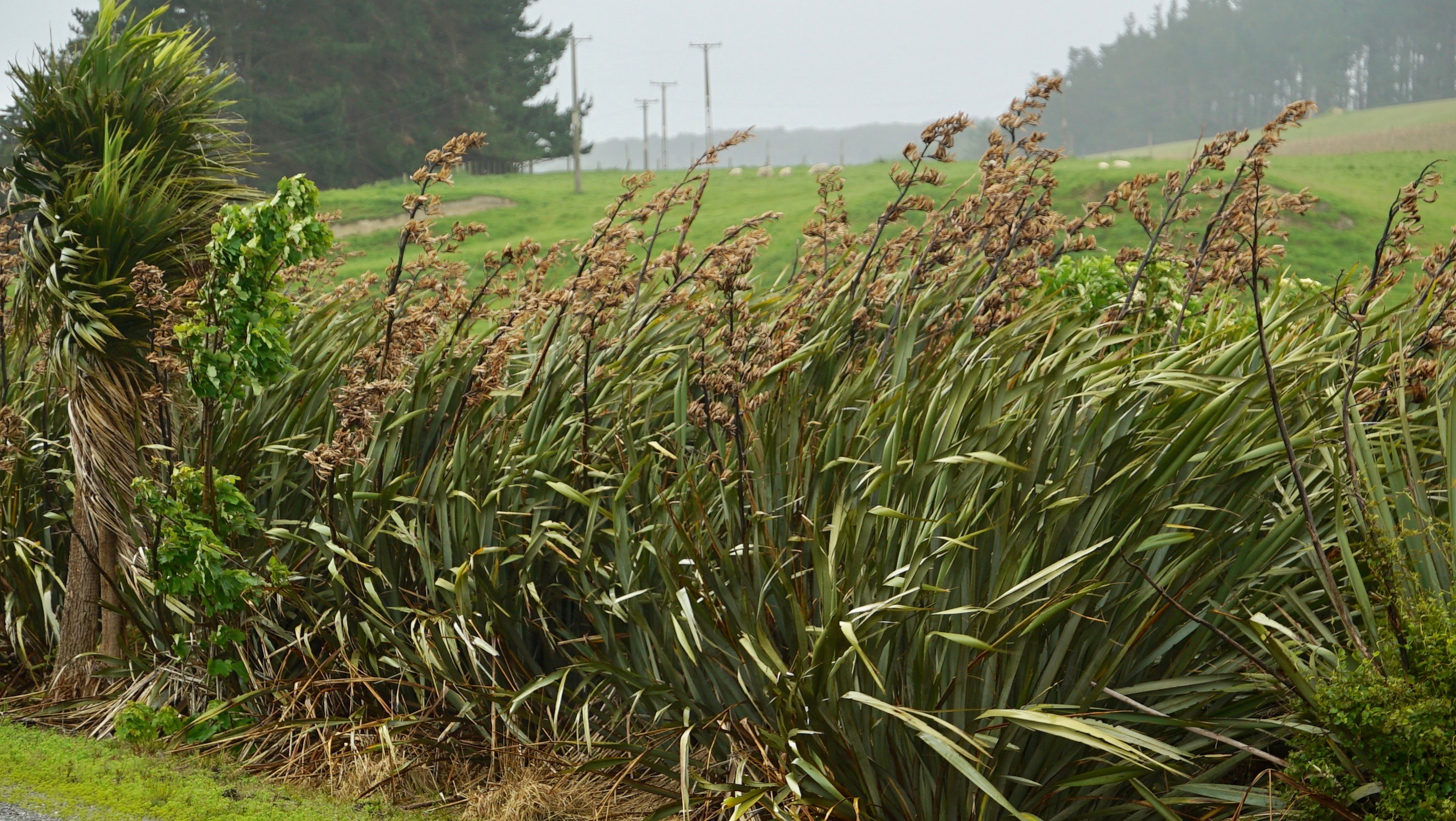
Interesting that the place names in the nearest village are,
Antrim Street, Carrickfergius street and Larne street. Just about as far from home as possible yet connected. I wonder who gave the names to the village?
So we leave and head the 400 kms to Milford Sound.
The first stop is Invercargill the main town or mabey city, to pick up some groceries in case we don’t get a chance later. Always good to have a few meals in the van just in case.
We travel on across the bottom of the country past Riverton, Colac Bay and Waihoaka where we take a right and head north towards the Fiord region.
The scenery takes a dramatic twist towards the alpine again. Gone are the rolling hills and plains festooned with countless sheep and well protected farmhouses surrounded by trees. I can see why because the whole journey along the coast I am fighting with the steering wheel to counter the big gusts of wind. One good reason to have a low-profile machine that doesn’t feel like a sail.
So we head north past Clifden, the Otahu Flat and past Lake Monawai.
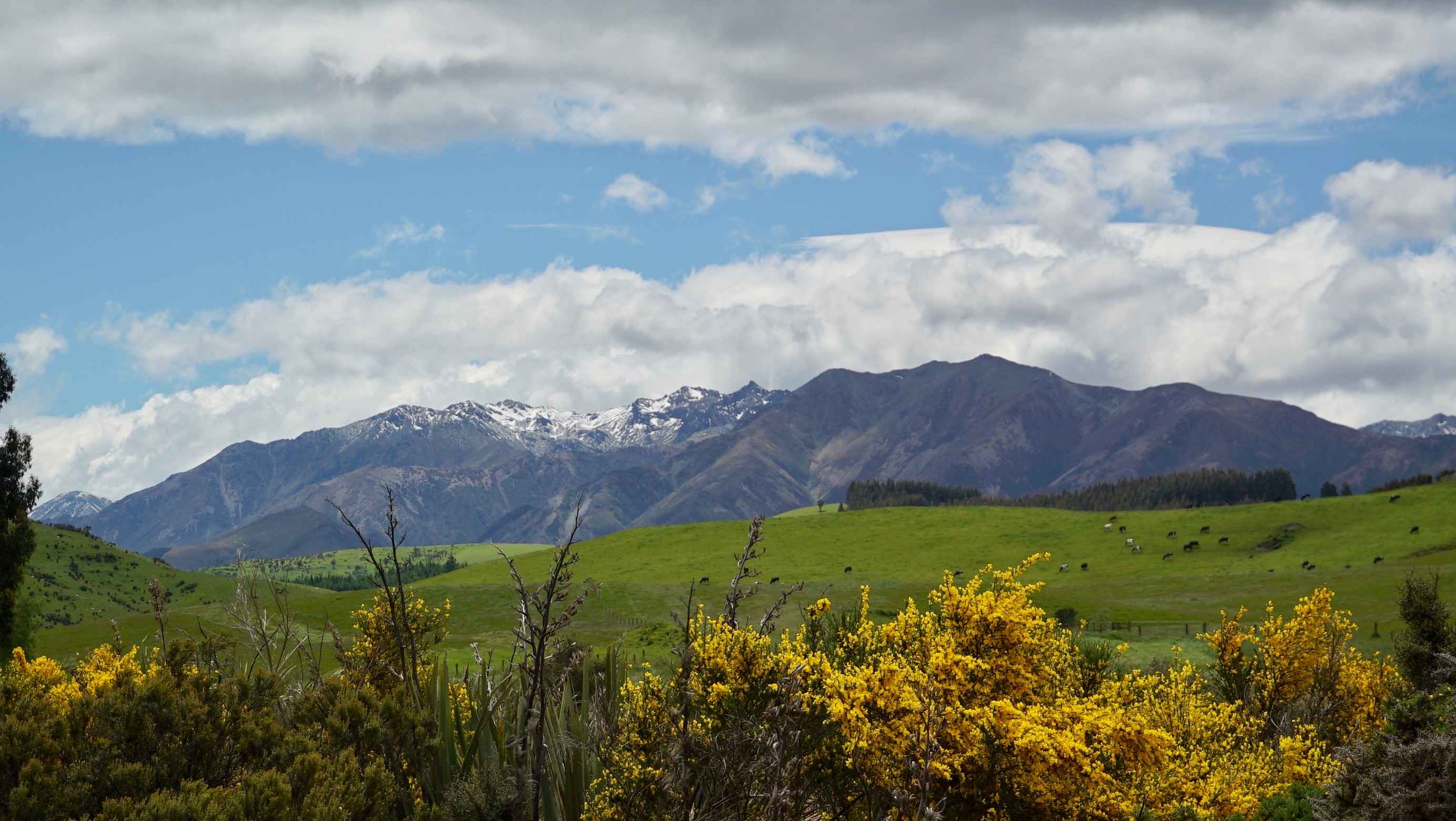
We stop at lake Manapori for a bite of lunch. This is a fiord lake surrounded by mountains. Some still have a light sprinkling of snow.
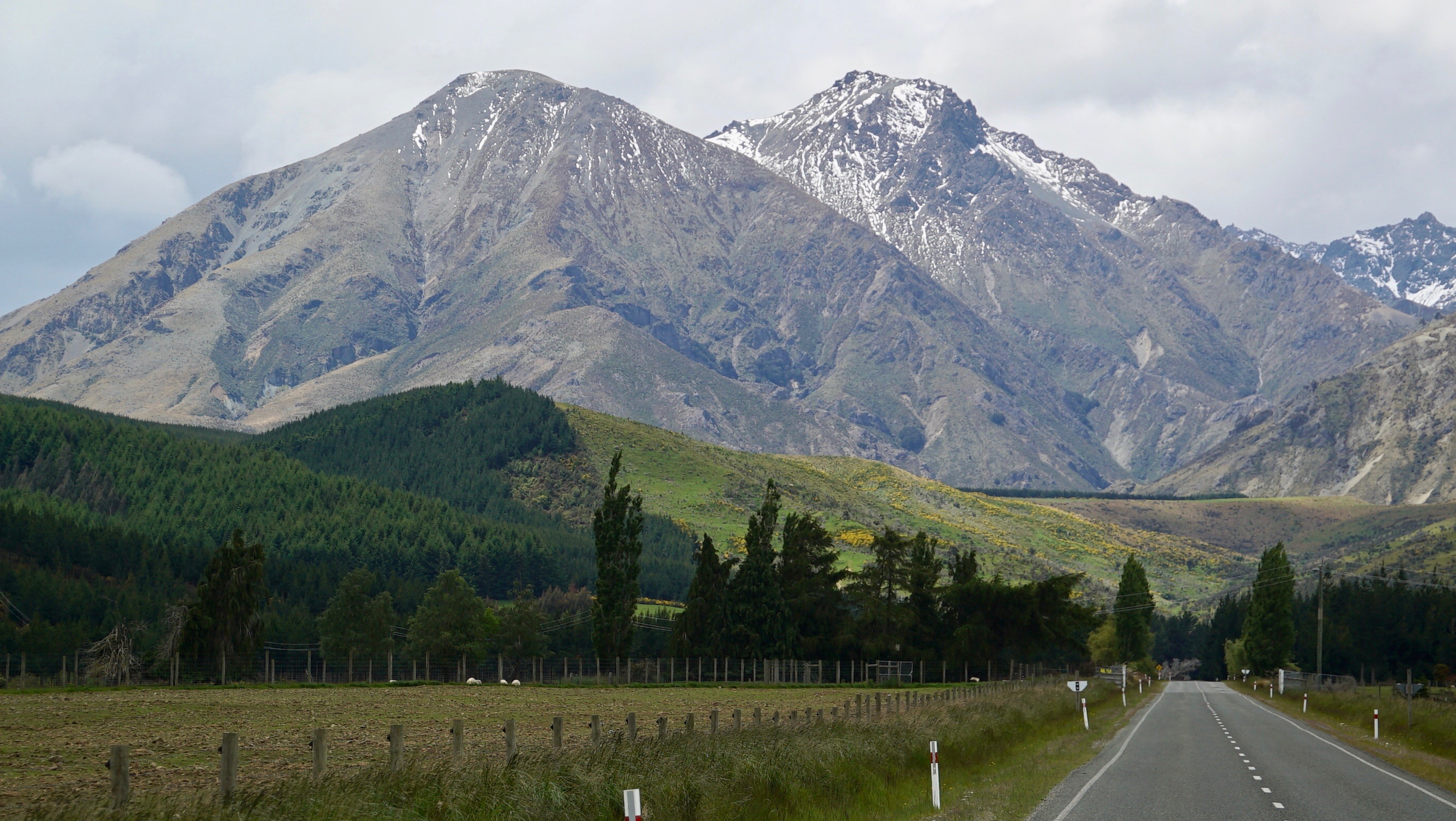
We tavel through To Anau and leave the 95 Southern scenic route behind and onto the 94 instead. This takes us the last 2 hours up to Milford Sound past Lake Te Anau.

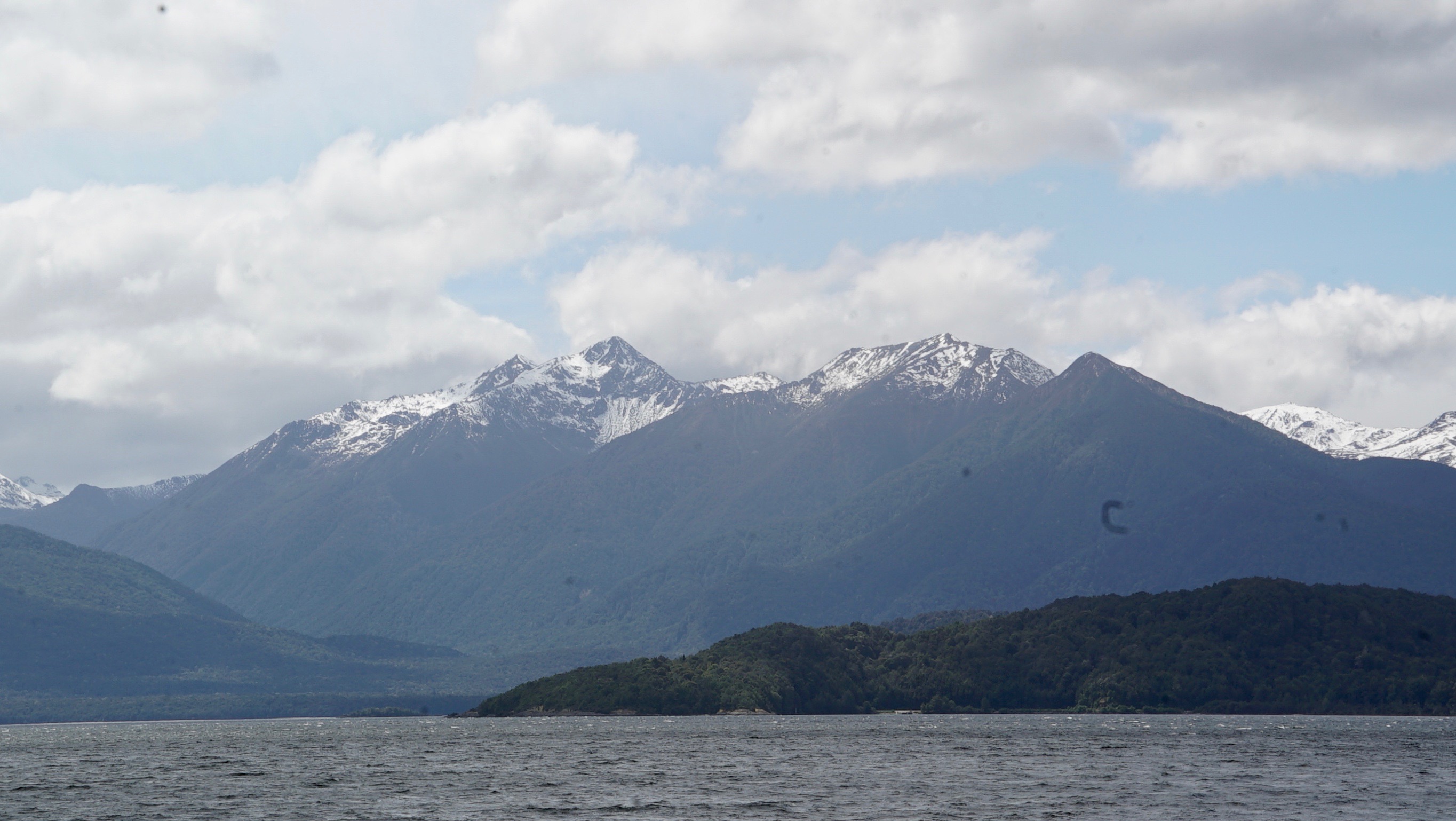
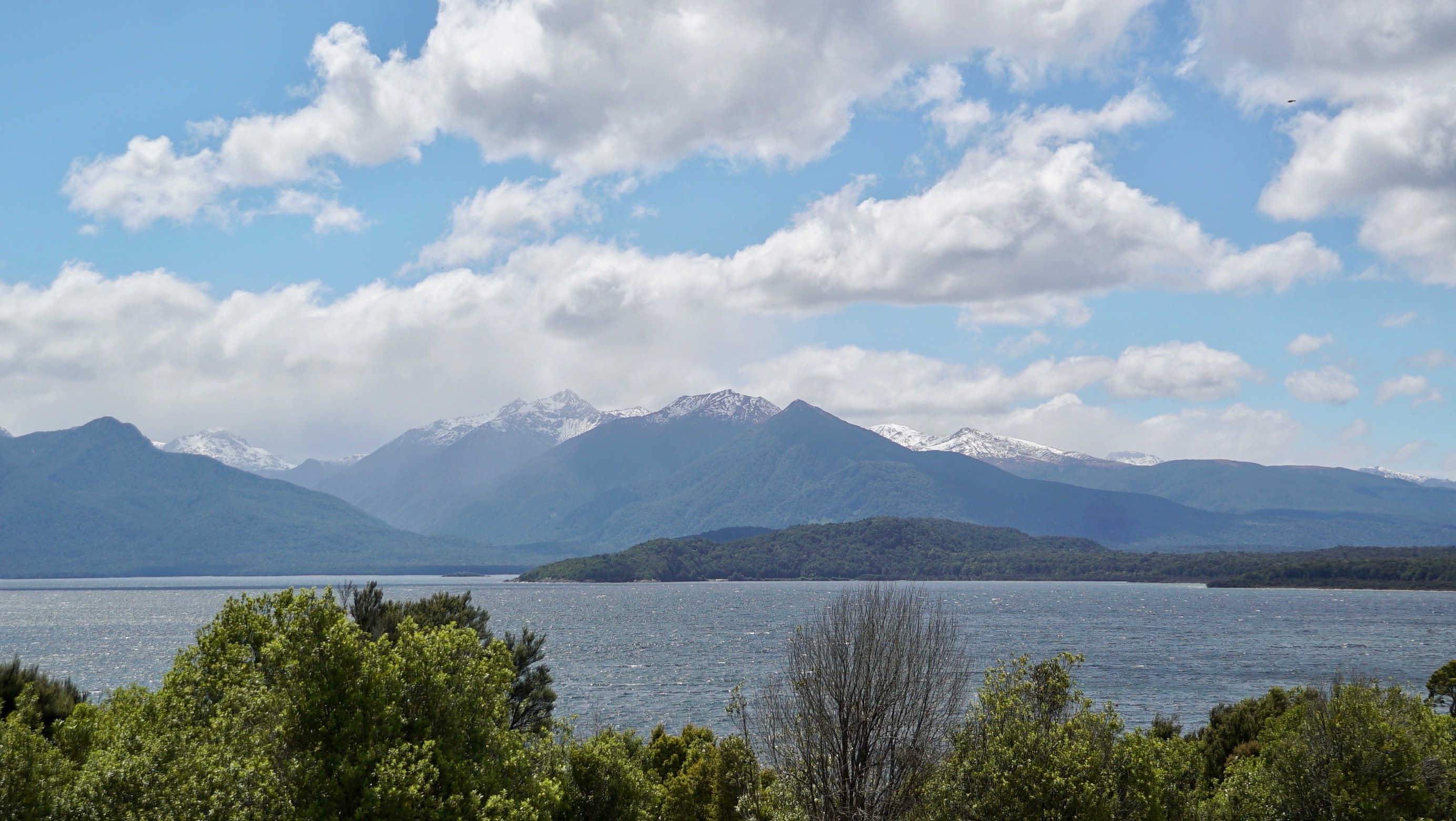
This is perhaps the most dramatic and for me most beautiful part of New Zealand so far.
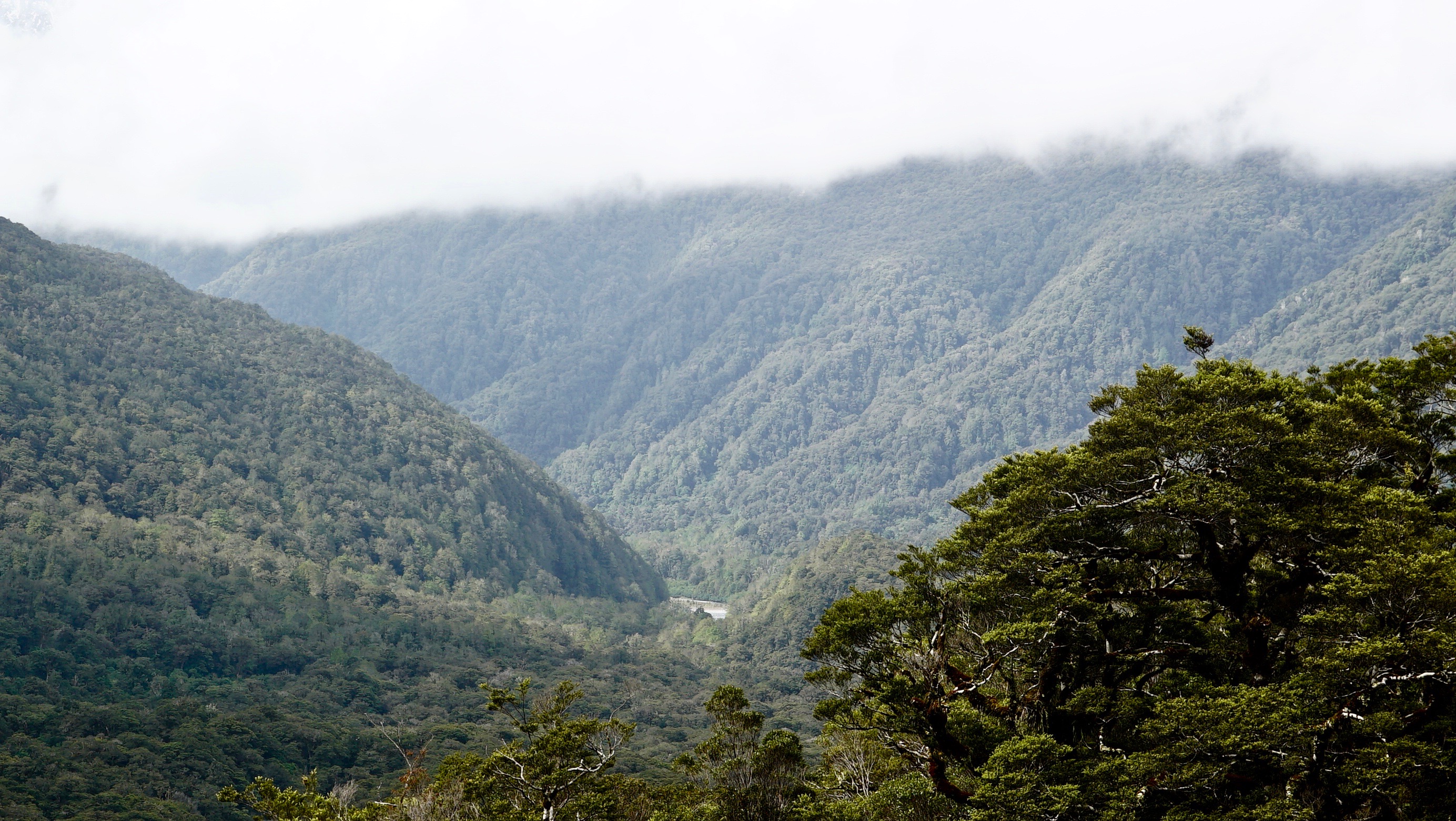
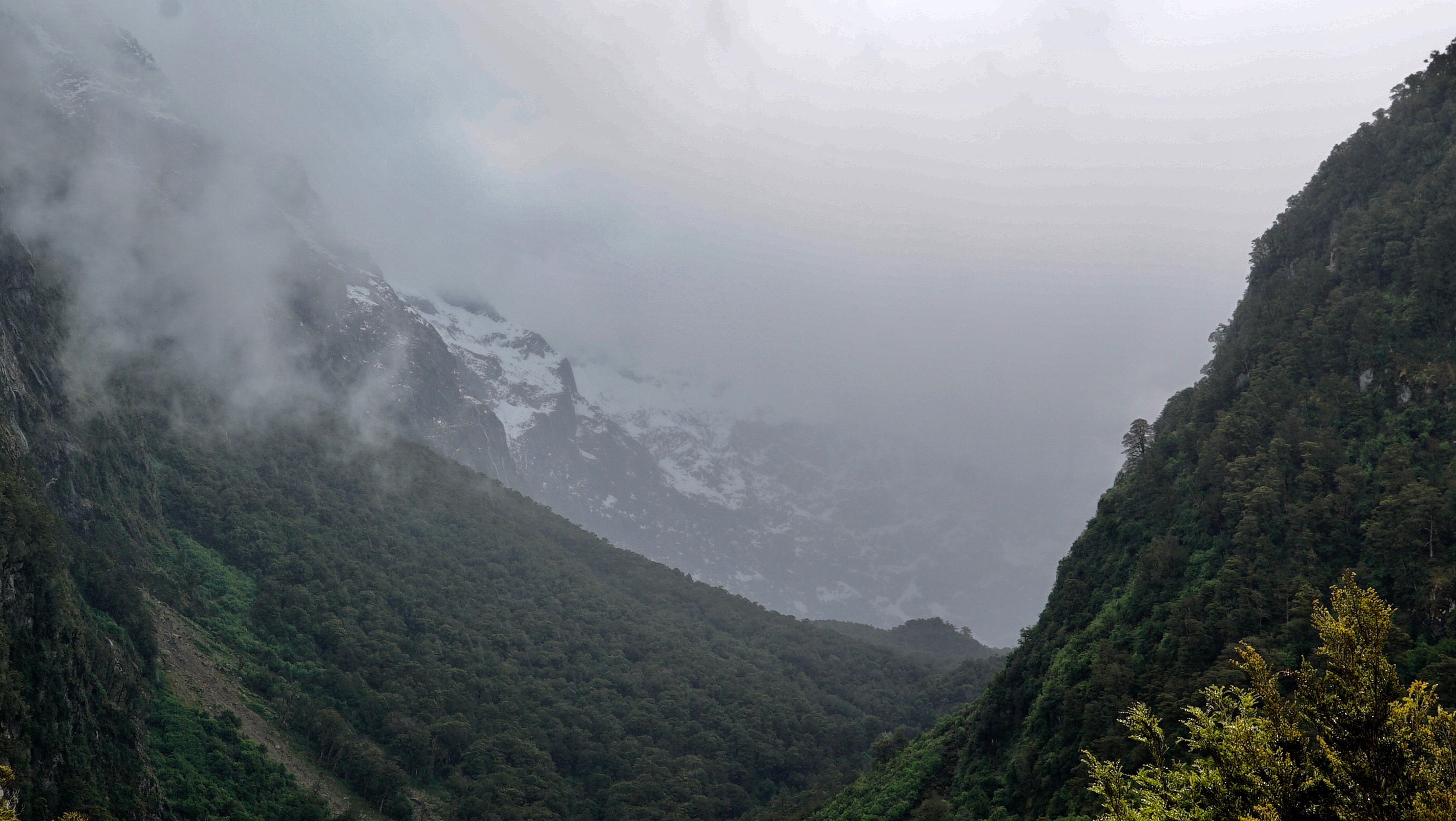

Huge mountains either side of a road through a valley interspersed with travelling through virgin forest and plains with interesting names such as Knob’s Flat and Cascade Creek. The later is nature powerful.
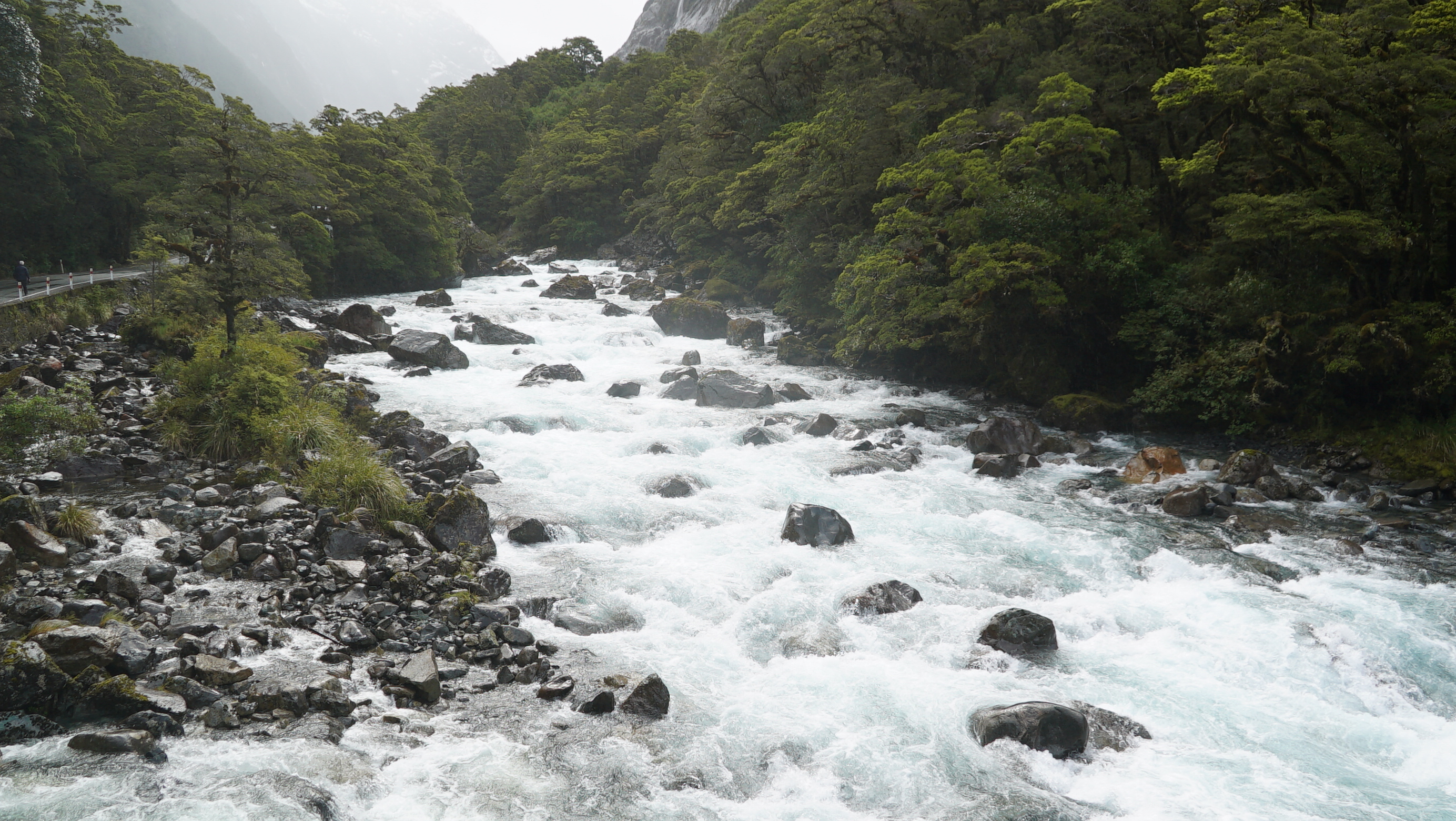 The water flowing under the single lane bridge feels like it could wash it away anytime.
The water flowing under the single lane bridge feels like it could wash it away anytime.
Further on you have to descend through a single lane tunnel that takes quite a few minutes.
At the entrance we see big brown birds that are harassing the waiting cars for food. Possibly Takahe or Kea.
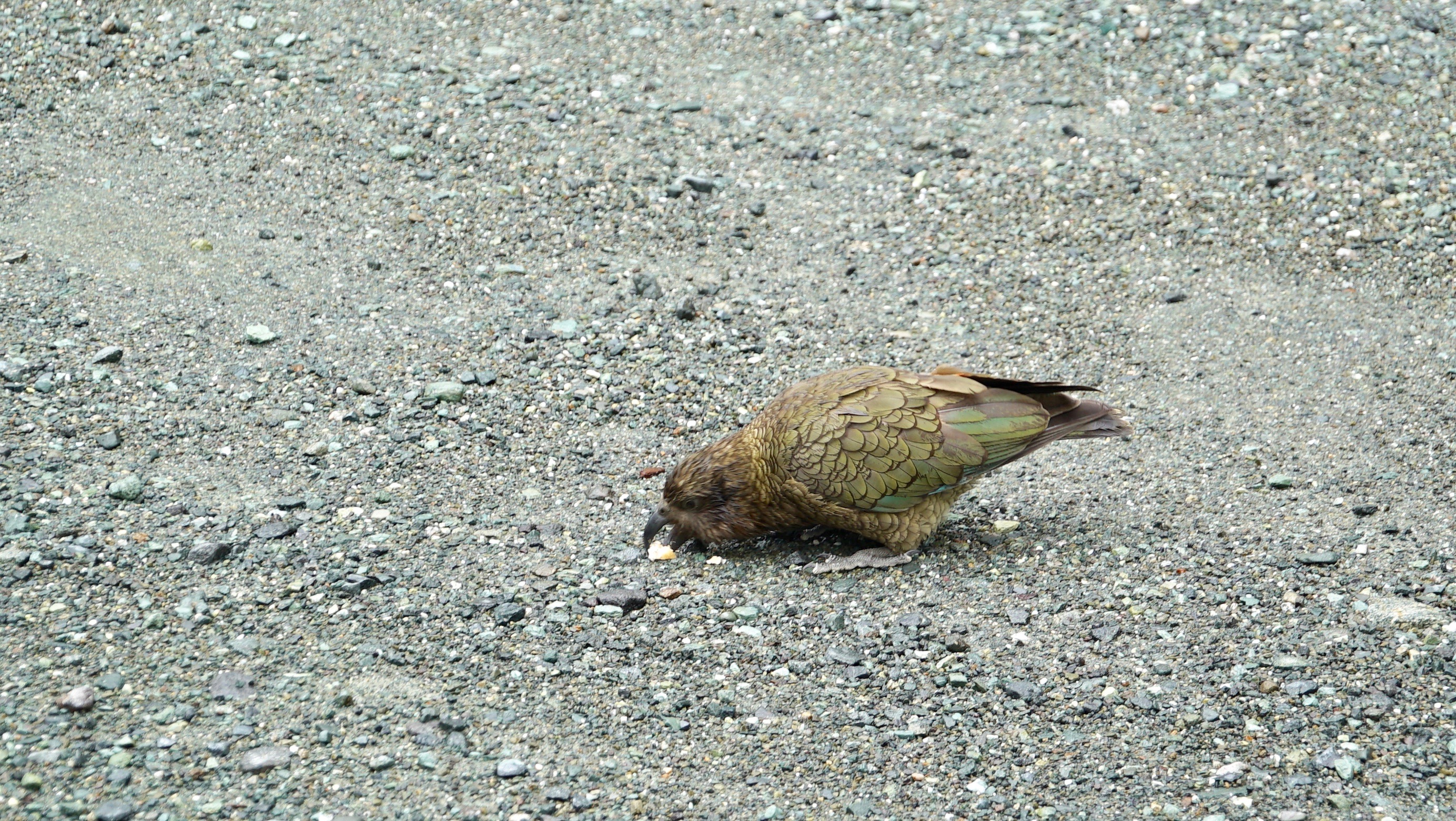
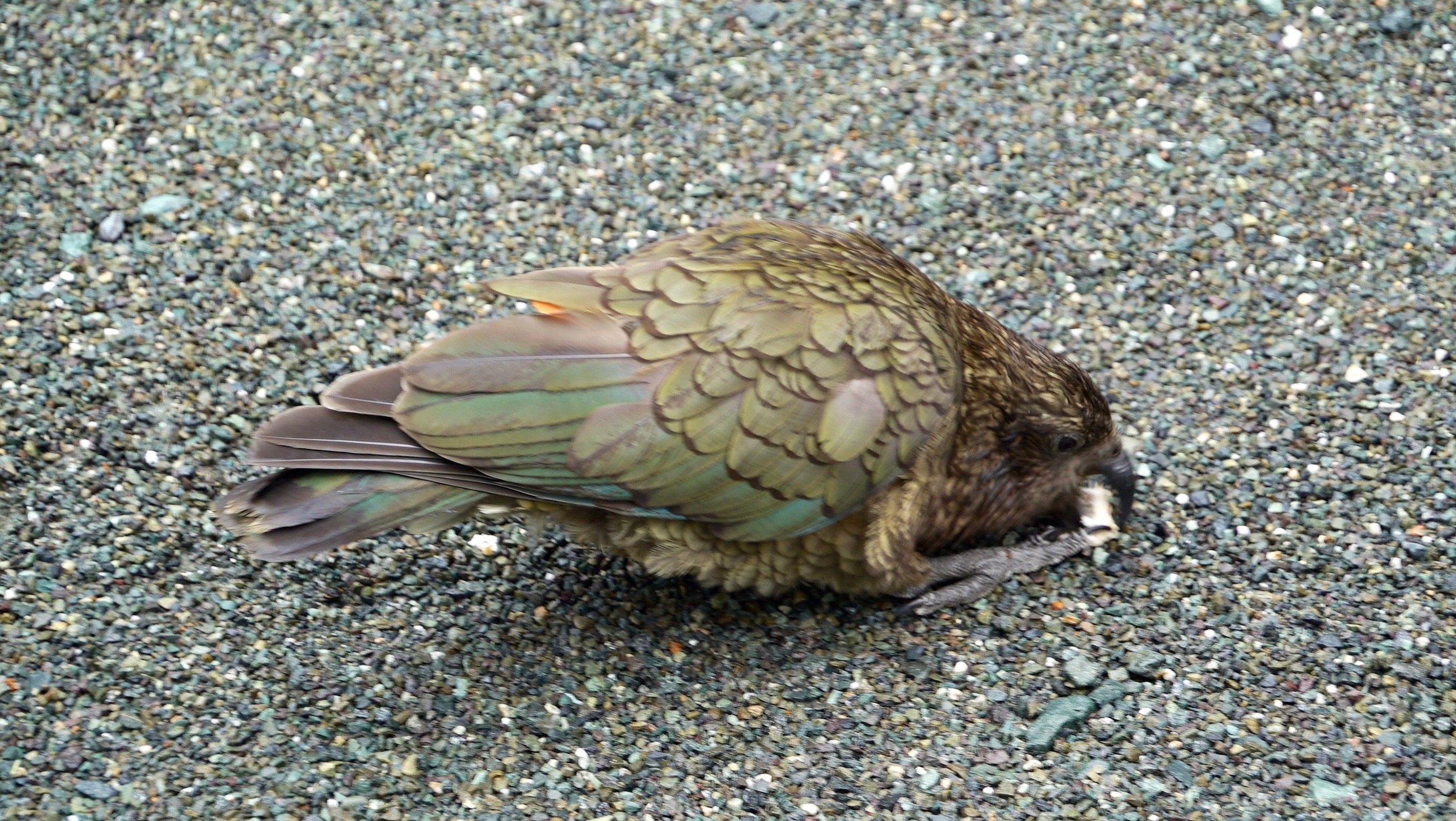
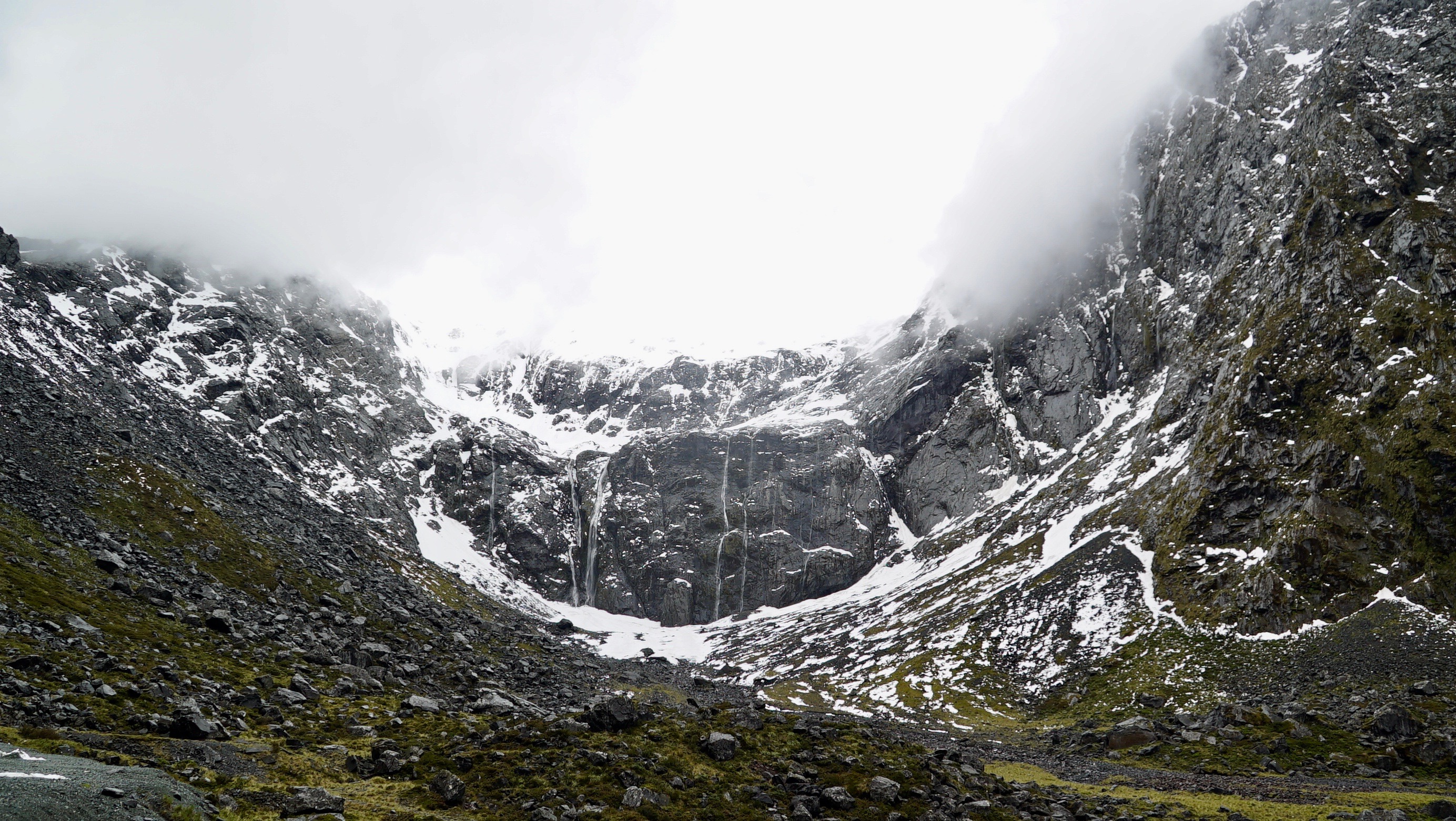
Anyway the top of the tunnel is well above the snowline and when we emerge we are considerably lower down. At the other side there are more of the birds.
We try getting into the campsite but are told they are fully booked so we are presently parked in a carpark hoping nobody moves us on.
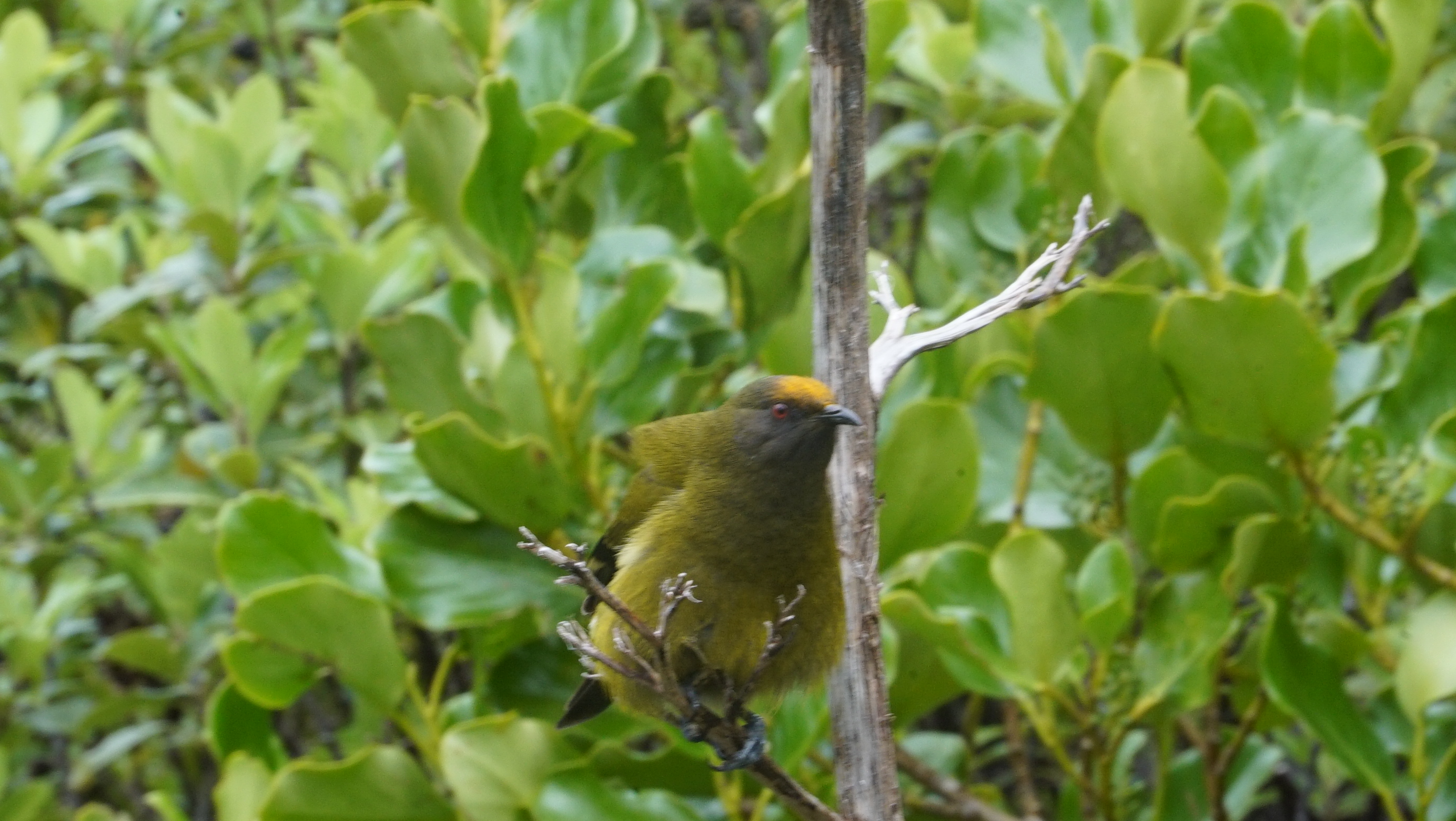

There are parrots outside the van or at least in my lack of knowledge that is what the seem to be. There song is both complicated and beautiful.There is also another nameless bird that is enjoying strutting his stuff as well.
Milford sound is isolated, feels isolated but special.
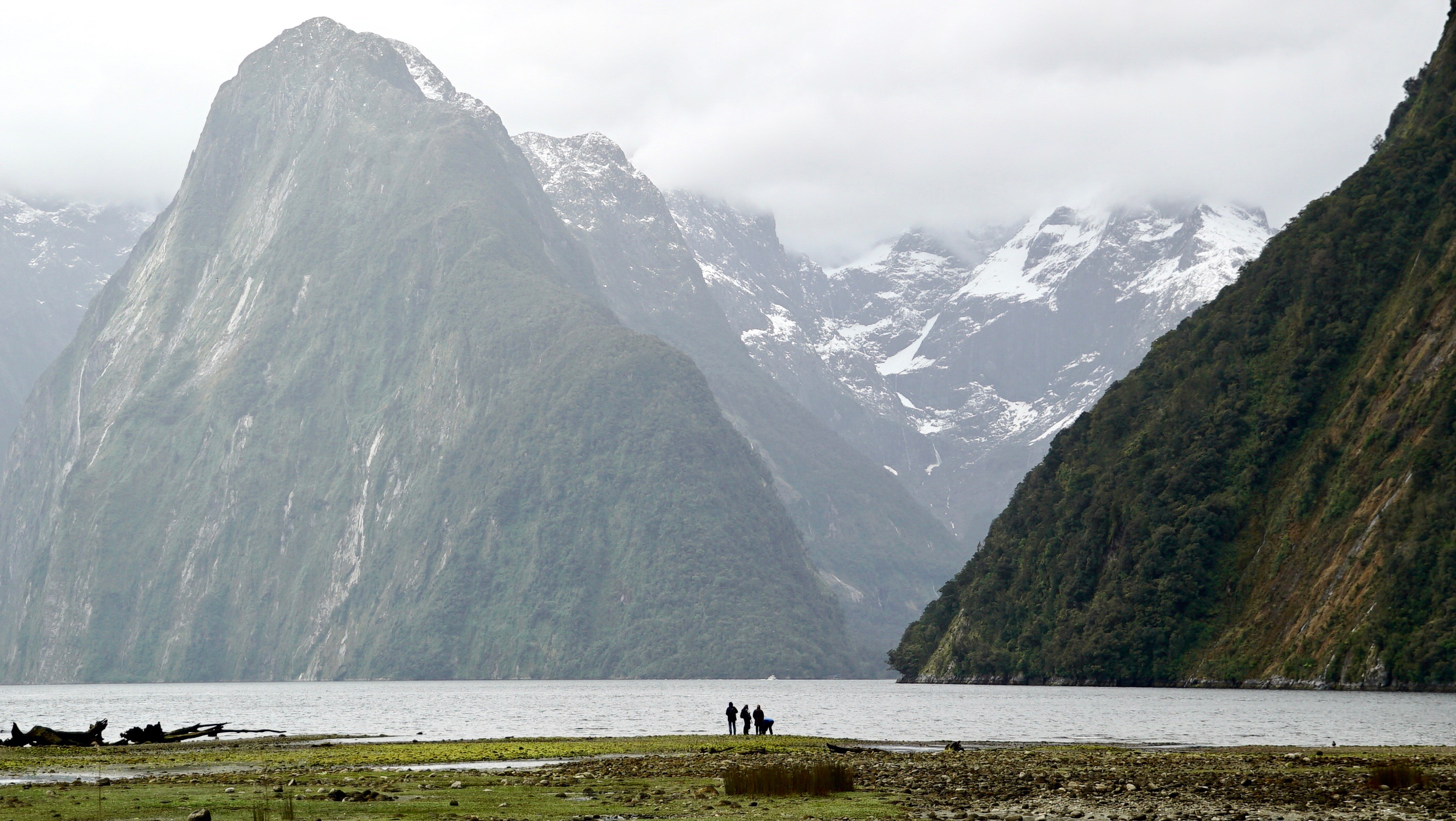
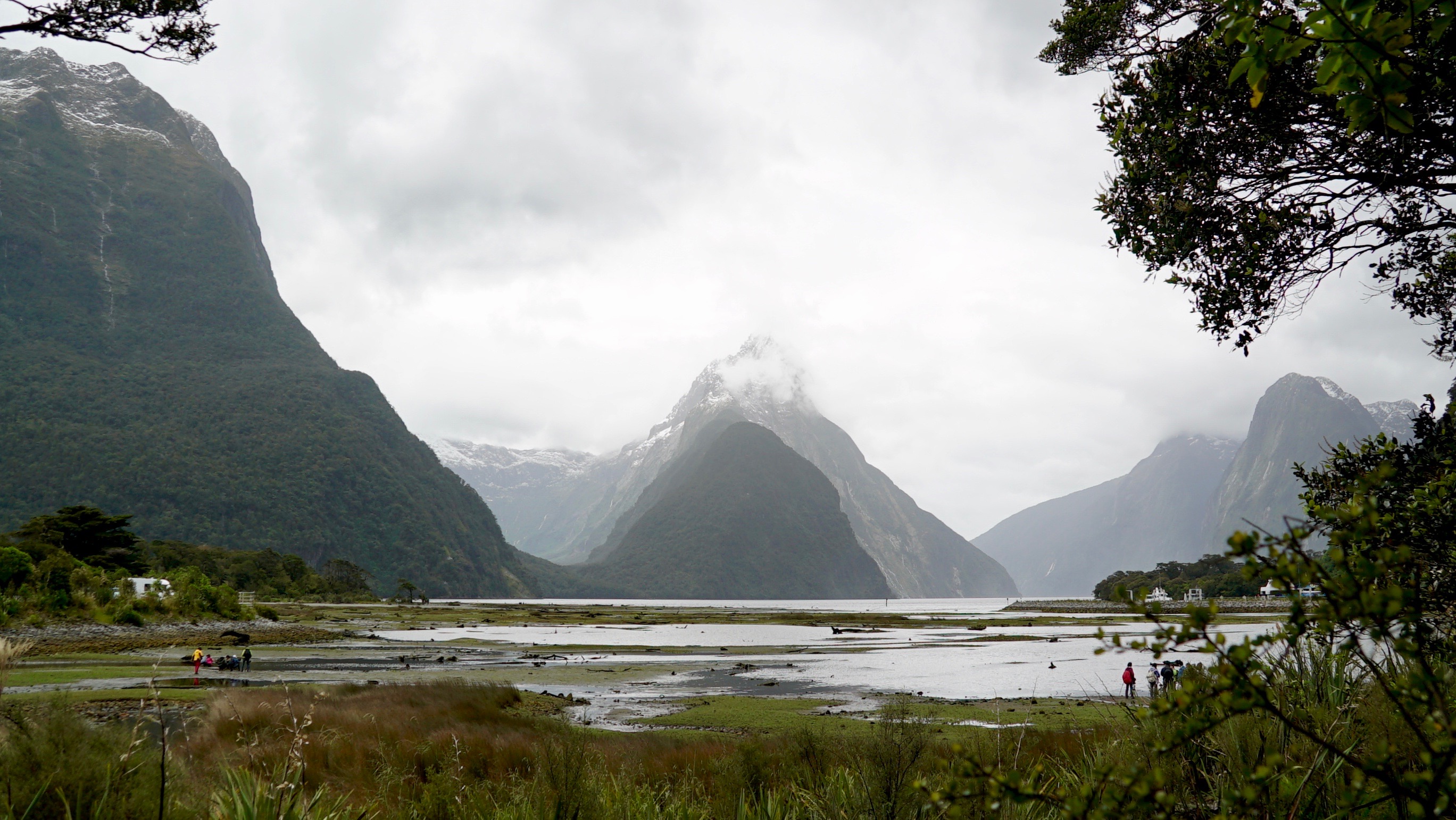
We are surrounded by huge mountains some covered in snow others look like a wall of trees a cloak of wood on three sides.
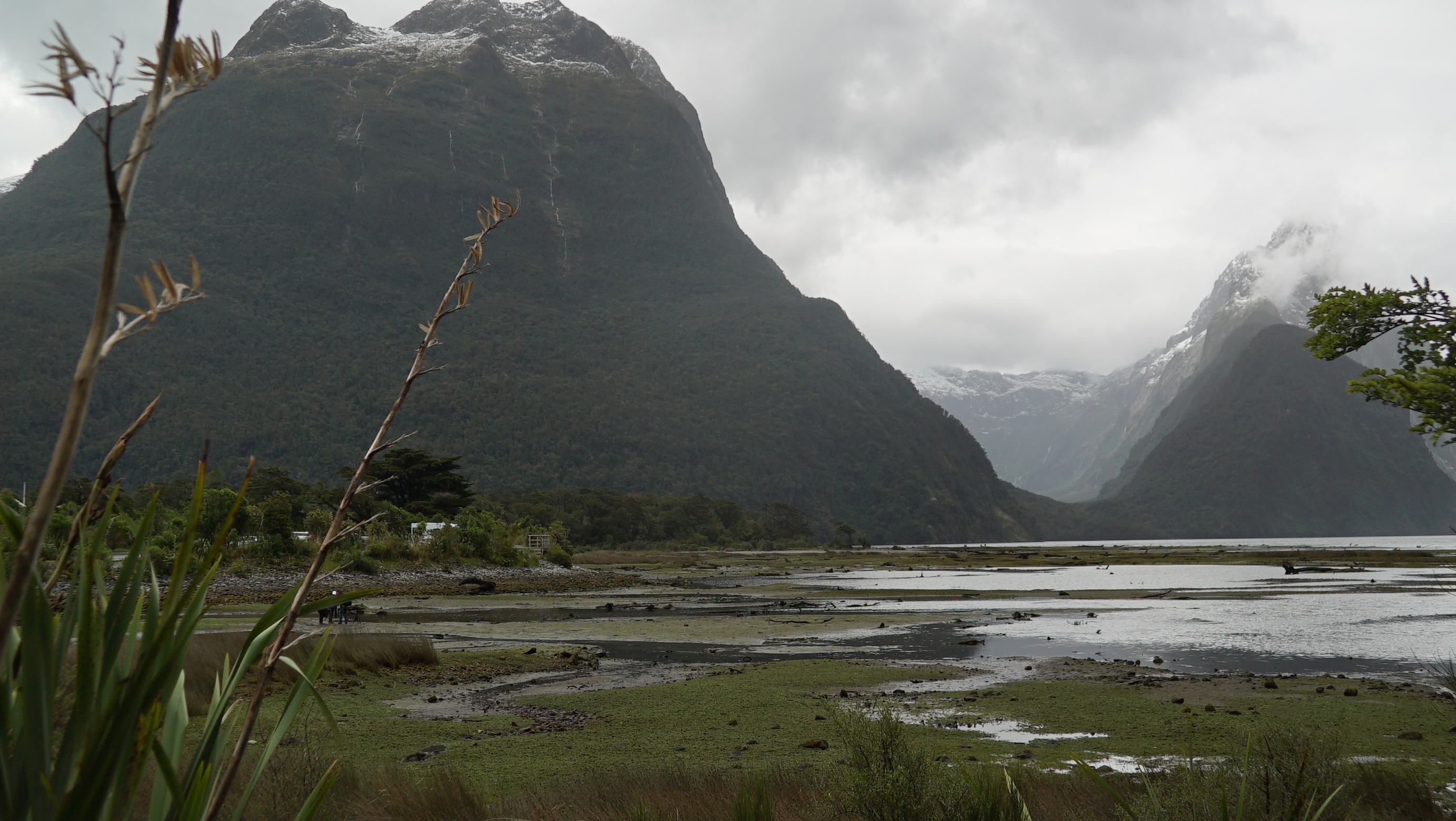
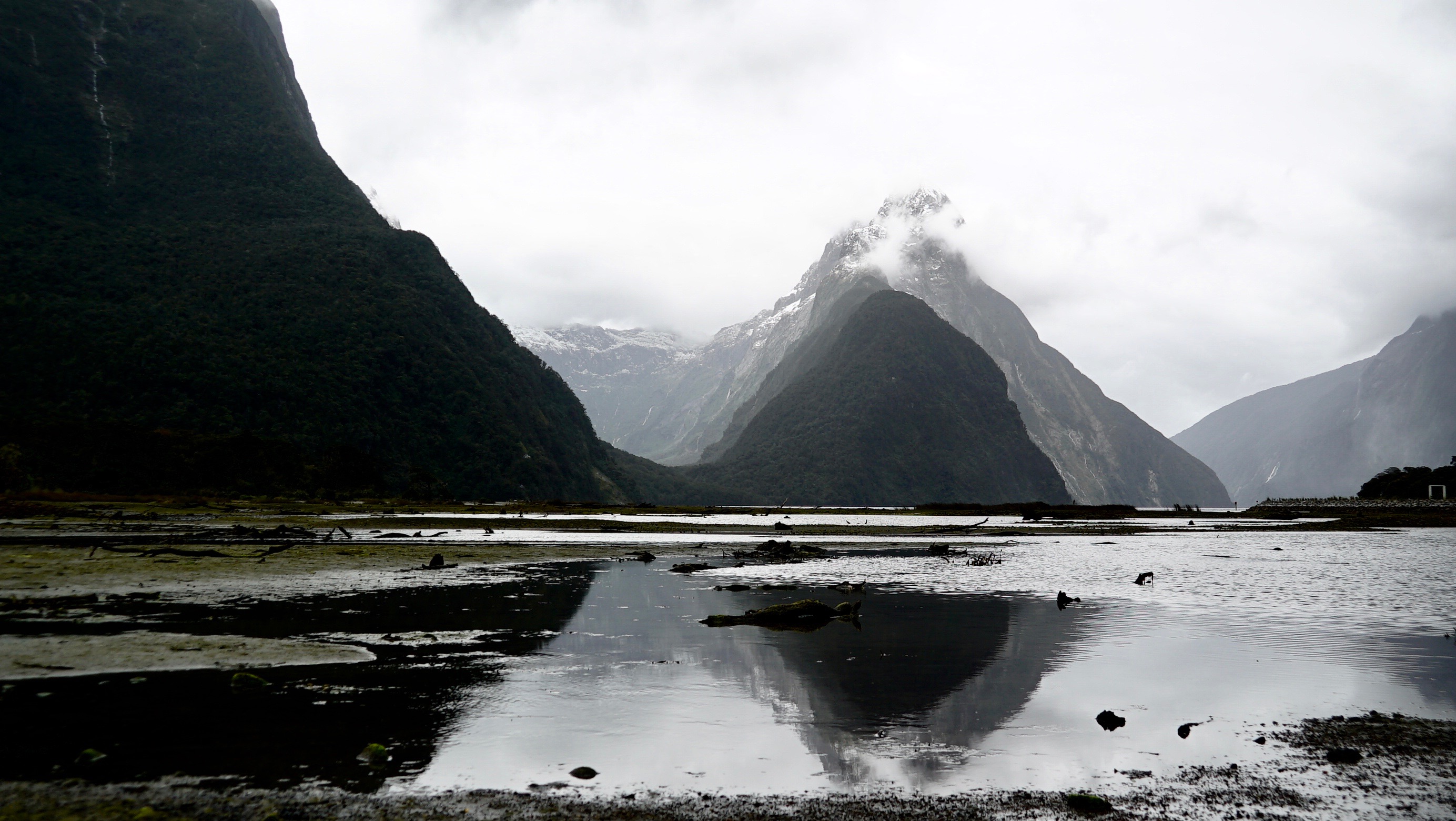
Donald Sutherland made this place his home in 1870 and the huge waterfall was named after him. It must have been very isolated without electricity and communication to the outside world particularily in Winter. Isolation has its attraction and soon there was a steam ship that sailed in to drop of people. A number of cottages were built with thatched roofs.
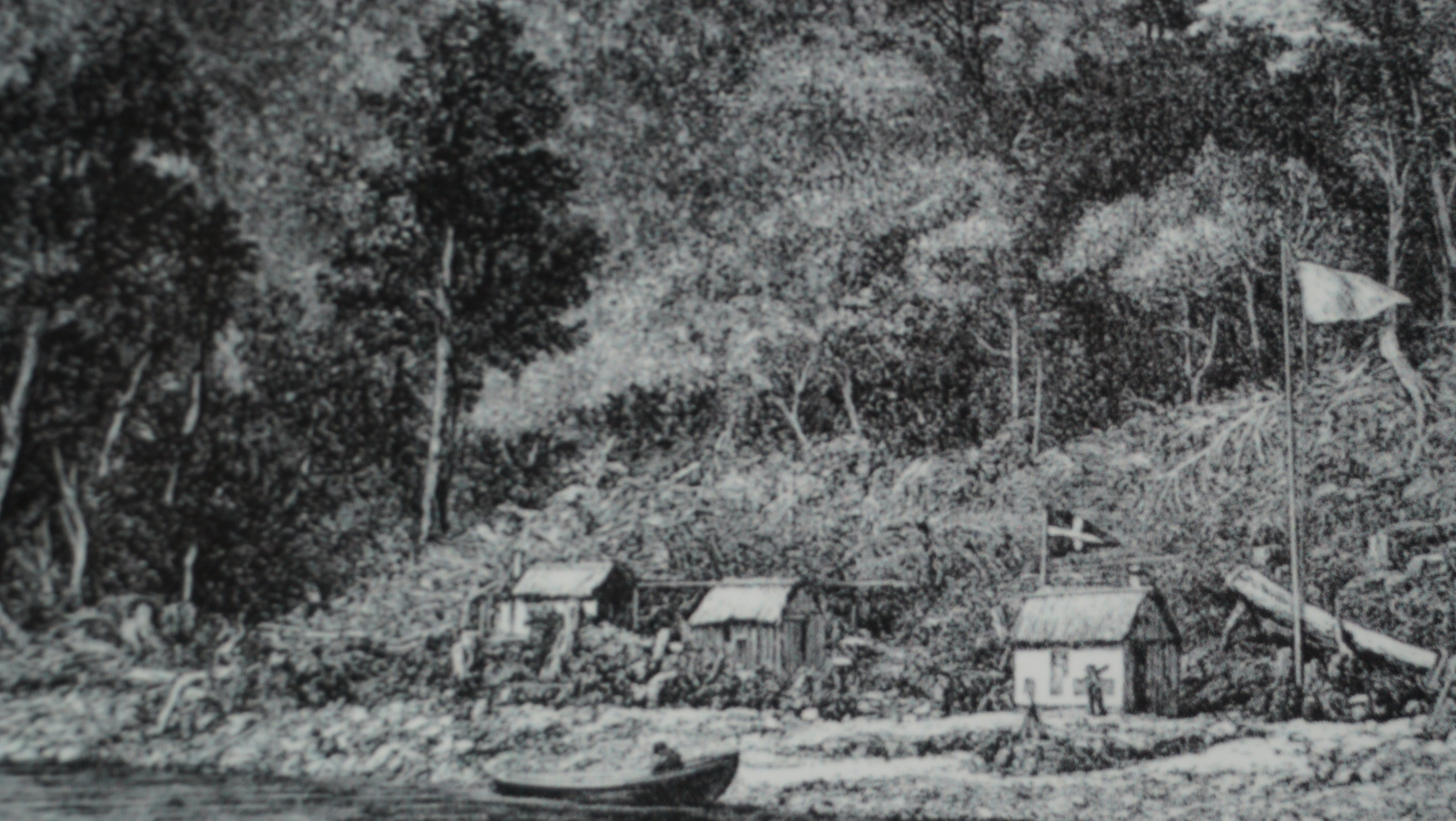
And so it goes. Before long the true isolation was gone and it is now one of the few if not only way to fiordland with a sealed road.
It doesn’t matter because as night falls we are almost alone.
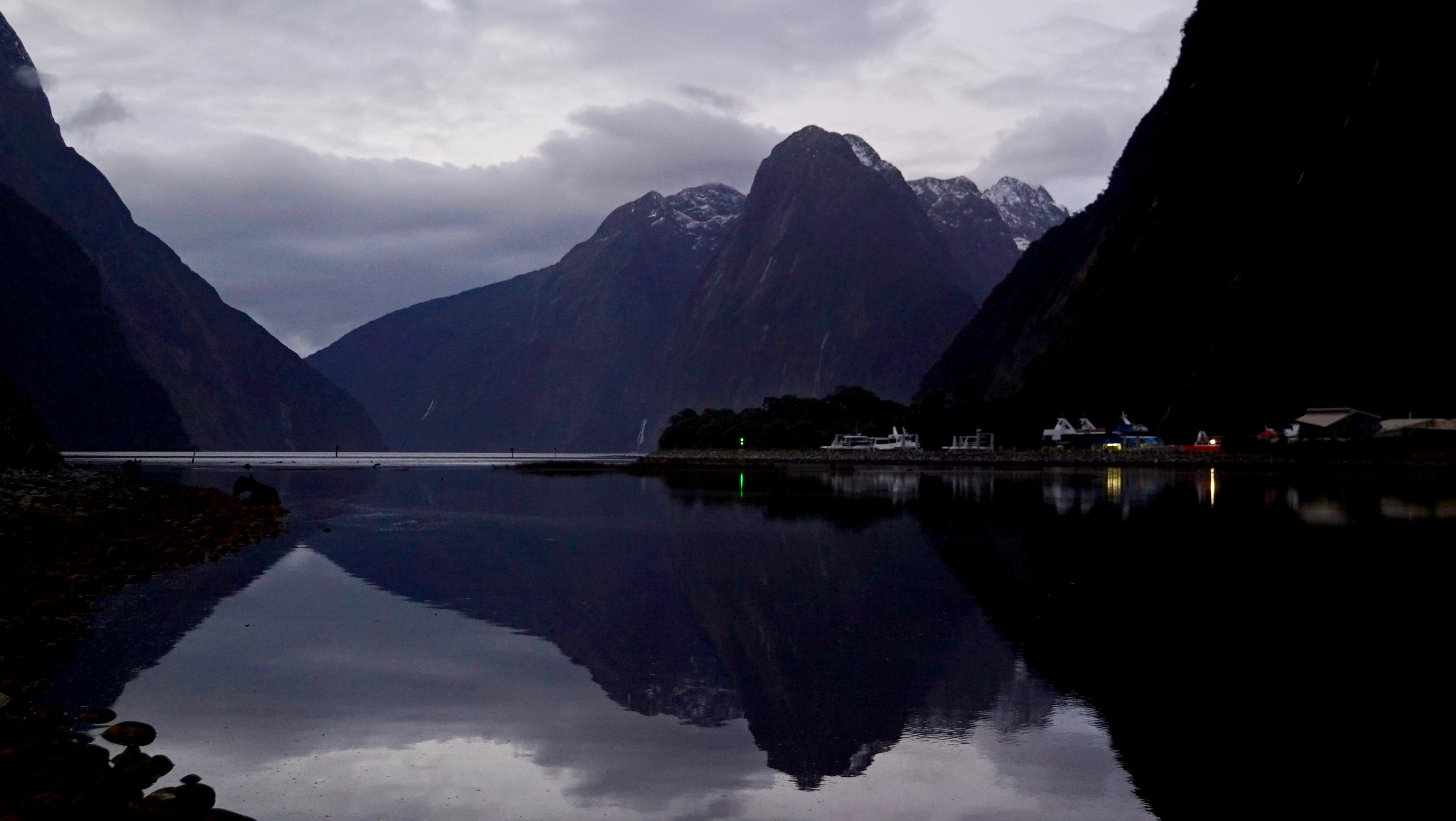
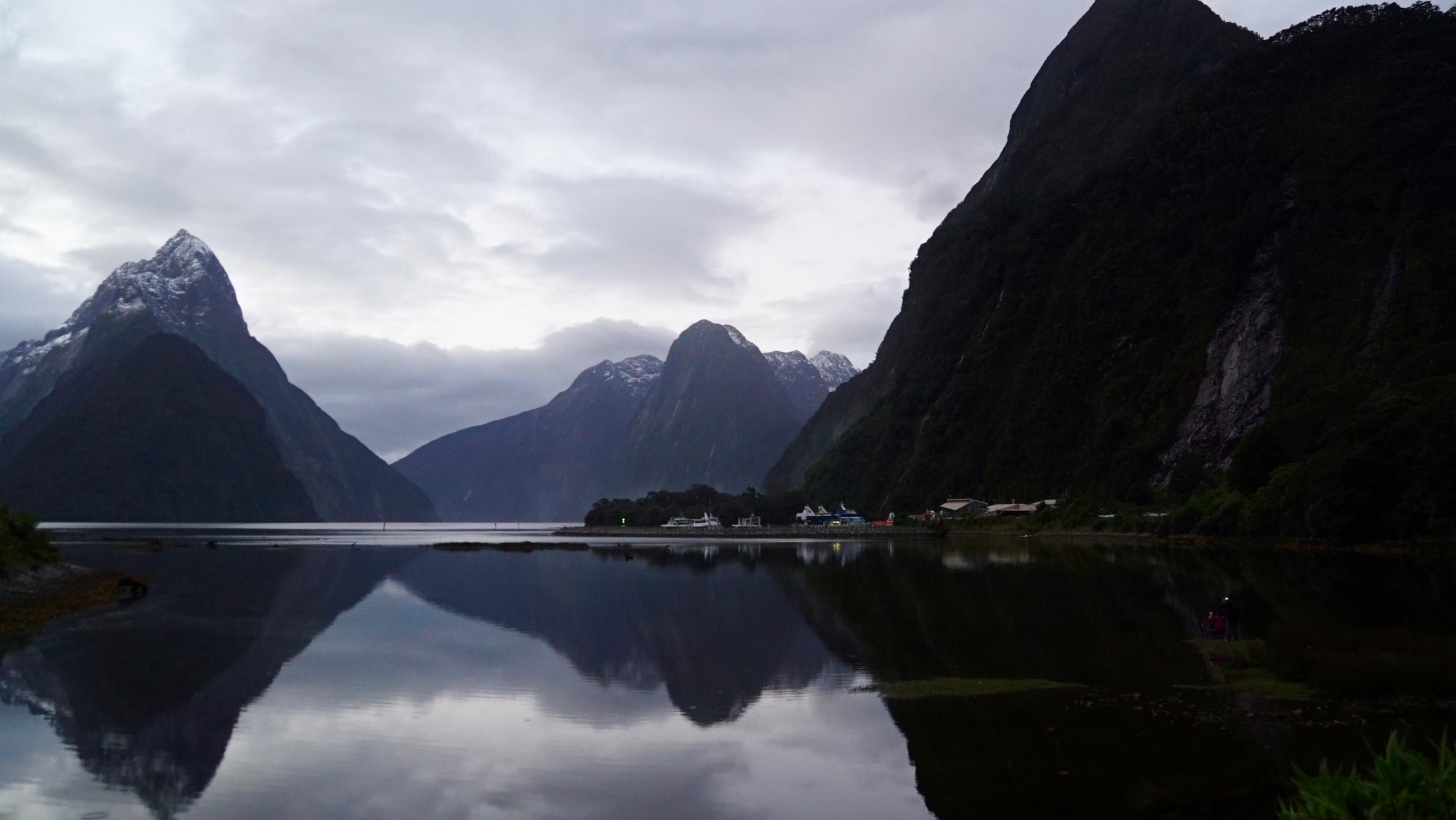

Only the hum of a local generator to annoy us.
Thankfully that stops and leaves us in perfect silence.
